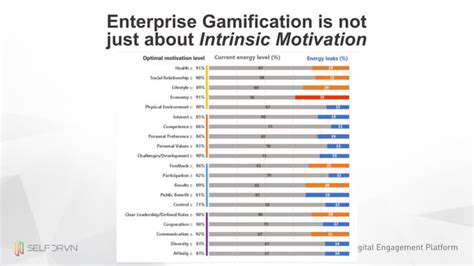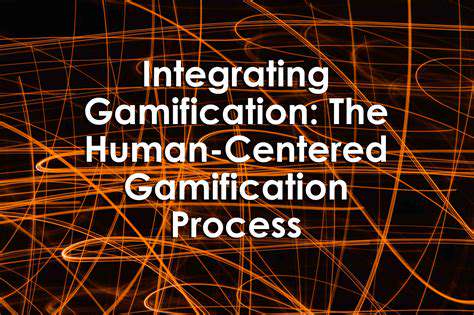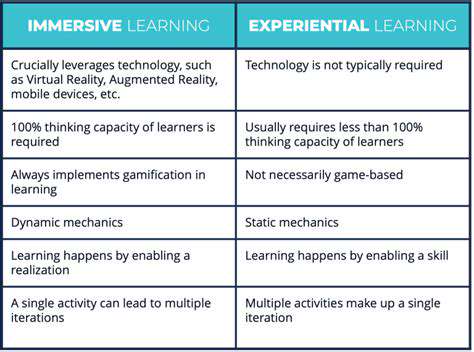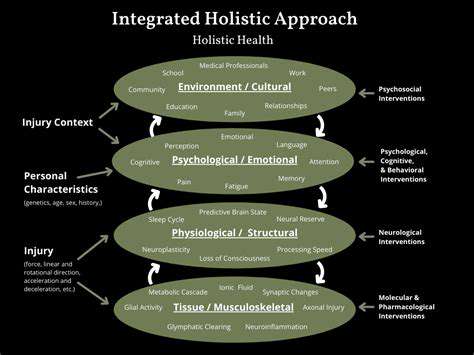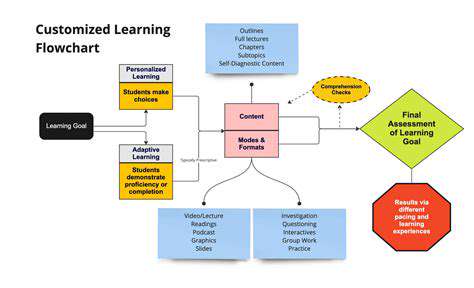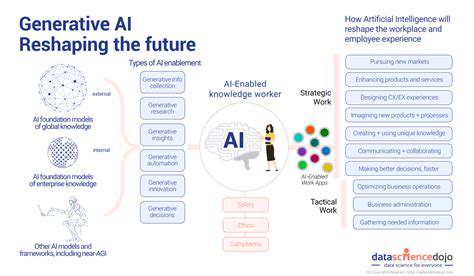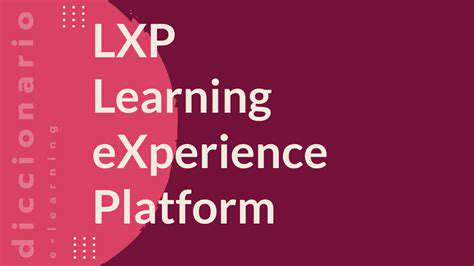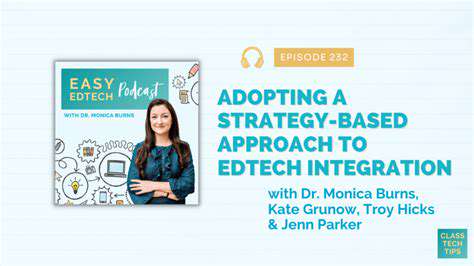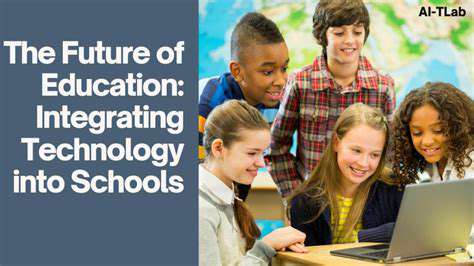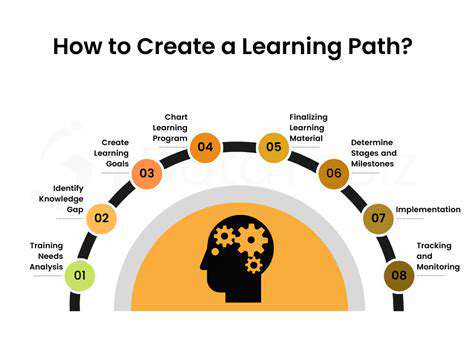Equity in Education: How EdTech Bridges the Gap
Bridging the Gap in Access
Ensuring equitable access to technology and digital resources is paramount in bridging the digital divide. This involves more than simply providing devices; it requires a comprehensive approach that considers the diverse needs of students, families, and communities. Schools must assess the existing infrastructure and identify the specific technological gaps within their student population. This includes considering factors such as internet availability, device ownership, and digital literacy skills. A tailored strategy is necessary, moving beyond a one-size-fits-all approach to address the unique circumstances of each student.
Furthermore, partnerships with local organizations and community groups can play a critical role in expanding access. These partnerships can provide resources, training, and support to families who may lack the necessary technological infrastructure at home. Collaborating with community centers, libraries, and non-profit organizations can create a network of support that extends beyond the school walls. This expanded reach can help ensure that all students have equal opportunities to participate in the digital learning environment.
Affordability and Financial Barriers
The cost of technology, internet access, and related educational resources can be a significant barrier for many families. Financial constraints often limit access to essential digital tools, creating an inequitable playing field for students. Developing creative financial aid programs, subsidies, and flexible payment plans is crucial to mitigate these barriers. These programs should be designed to be inclusive and accessible to students from all socioeconomic backgrounds. Providing devices and internet access, while important, is not a complete solution. The costs associated with software, subscriptions, and ongoing maintenance need to be considered as well.
Exploring alternative funding models, such as grants, sponsorships, and partnerships with corporations or philanthropic organizations, can provide substantial resources for alleviating financial burdens. Furthermore, promoting cost-effective solutions, such as open-source software and community-based resource sharing, can significantly reduce the financial strain on families and schools.
Developing Digital Literacy Skills
Digital literacy is a critical skill for navigating the modern world and succeeding in an increasingly digitalized educational environment. However, students from disadvantaged backgrounds may lack the necessary digital literacy skills to effectively utilize technology for learning. Integrating digital literacy training into the curriculum, from early childhood education to higher education, is essential to ensure equitable learning outcomes. Such programs should focus on practical applications, critical thinking skills, and responsible digital citizenship.
Providing ongoing support and mentorship to students and families is crucial to build confidence and competence in using digital tools for learning. This can involve workshops, tutorials, and one-on-one guidance from trained educators and mentors. Promoting a culture of digital literacy within schools and communities can empower students to become active and informed users of technology in their learning journey.
Equity in Educational Technology
Implementing equitable access and affordability measures is not sufficient without addressing the potential biases inherent in educational technology. Educators must critically evaluate the existing digital resources and ensure that they are inclusive and representative of diverse learning styles, cultural backgrounds, and abilities. This includes considering the potential for algorithmic bias in educational software and online platforms, which can disproportionately affect certain student populations.
Furthermore, engaging in ongoing dialogue with students, families, and communities is essential to understand their experiences with technology and identify any potential areas of concern. Regular feedback mechanisms can help identify and address potential challenges and ensure that educational technology tools are truly serving the needs of all students.
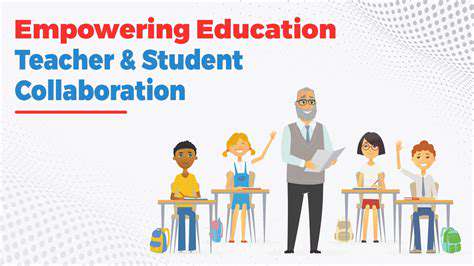
Read more about Equity in Education: How EdTech Bridges the Gap
Hot Recommendations
- The Gamified Parent Teacher Conference: Engaging Stakeholders
- Gamification in Education: Making Learning Irresistibly Fun
- The Future of School Libraries: AI for Personalized Recommendations
- EdTech and the Future of Creative Industries
- Empowering Student Choice: The Core of Personalized Learning
- Building Community in a Hybrid Learning Setting
- VR for Special Education: Tailored Immersive Experiences
- Measuring the True Value of EdTech: Beyond Adoption Rates
- Addressing Digital Divide in AI Educational Access
- Preparing the Workforce for AI Integration in Their Careers
